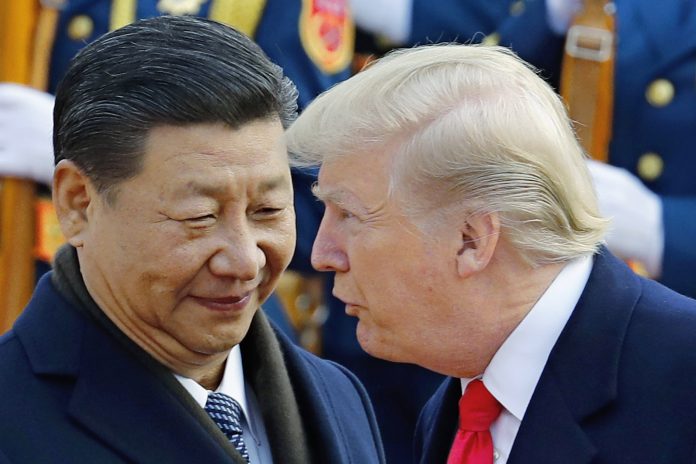Stocks headed lower again this morning while renewed U.S.-China tensions flared. Earlier in the week, the market soared on optimism surrounding a potential coronavirus vaccine.
Now, that confidence is beginning to wane.
The Dow (-0.55%), S&P (-0.35%), and Nasdaq Composite (-0.45%) are all down on the day as a result.
In China, legislation has been drafted to address matters of “national security” regarding Hong Kong. Last year, protestors swarmed the streets in anti-government demonstrations. The new law is expected to further tighten Beijing’s grip on the metropolitan area.
To HKers (people living in Hong Kong), it’s a slap in the face from Xi Jinping. To the rest of the world, it’s yet another trigger point that could spark an Asian market meltdown.
And after what we witnessed last year, one thing is abundantly clear:
Hong Kong will not go quietly into the night.
The law seems likely to make the demonstrations more intense and grow the number of protestors. As the financial hub of the region, Hong Kong is immensely important to the health of not only the Asian markets, but Western ones, too.
If the city is plunged into a state of turmoil once more, expect American equities to stumble.
For bulls, that could mean the official end of the post-crash rally. Especially now that stocks are starting to fall in response to poor economic data.
Still, though, some analysts remain hopeful that the U.S. reopenings will go as planned, even with “second wave” fears lingering.
“The future remains uncertain, and thus, we are not confident in saying a second wave cannot happen — but the good news, there has yet to be a second wave in re-opened economies,” said Fundstrat’s Tom Lee, the man who accurately predicted a $20,000 Bitcoin in 2017.
“We remain in the half-full camp and believe stocks offer pretty good risk/reward, even here.”
Lee, while certainly credible as an analyst, has been viewed as a “perma-bull” in the past. No matter what’s going on, he always seems to find the silver lining.
And history, of course, has been on the side of the bulls. The market has a knack for rising long-term.
But for the short-term, the market’s future is much less clear. That brings uncertainty, volatility, and plenty of downside risk with it – all components that typically lead to mid-rally corrections.
Eventually, the market will recover. There’s no doubt about it.
But before the “next leg up” appears, a leg down seems more probable, potentially to the COVID-19 crash lows of late March.
“The truth is that no-one knows what is coming next, in terms of how the easing of the lockdowns will pan out, how consumers will react, how corporations may or may not benefit and how the overall economy will do,” Russ Mould, investment director at AJ Bell, said.
“It would be an unusual bear market that did not see a further dip, or even a re-test of the prior lows.”
With a holiday break coming up, investors will have a much-needed reprieve from the recent volatility. However, plenty can happen during the three-day break. COVID-19 cases could trail off, reinvigorating bulls. Or, China and the U.S. could squabble further, resulting in a trade war escalation.
Either way, the uncertainty will likely remain, keeping a lid on equities until investors have a clearer picture of what’s really going on.








